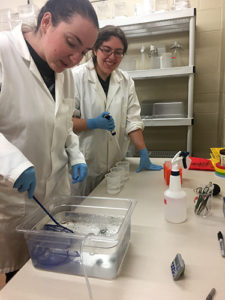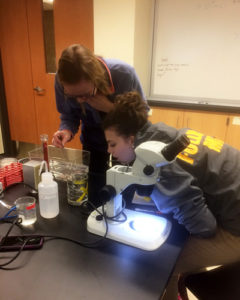Great Lakes Energy News Roundup: Back Forty mine setback, Illinois and Ohio utility shutoffs

Keep up with energy-related developments in the Great Lakes area with Great Lakes Now’s biweekly headline roundup.
In this edition: Controversial open-pit sulfide mine in UP faces major delays due to COVID-19, utility companies in Ohio and Illinois set to resume disconnections after pandemic-induced moratorium lapses, and Enbridge completes replacement work on Line 5 under St.
Great Lakes Now
https://www.greatlakesnow.org/2020/08/great-lakes-energy-back-forty-mine-illinois-ohio-utility-shutoff/









